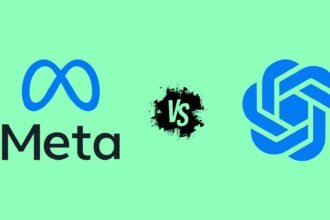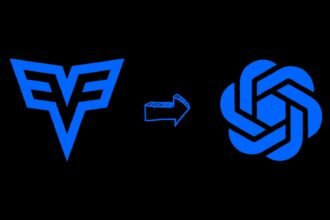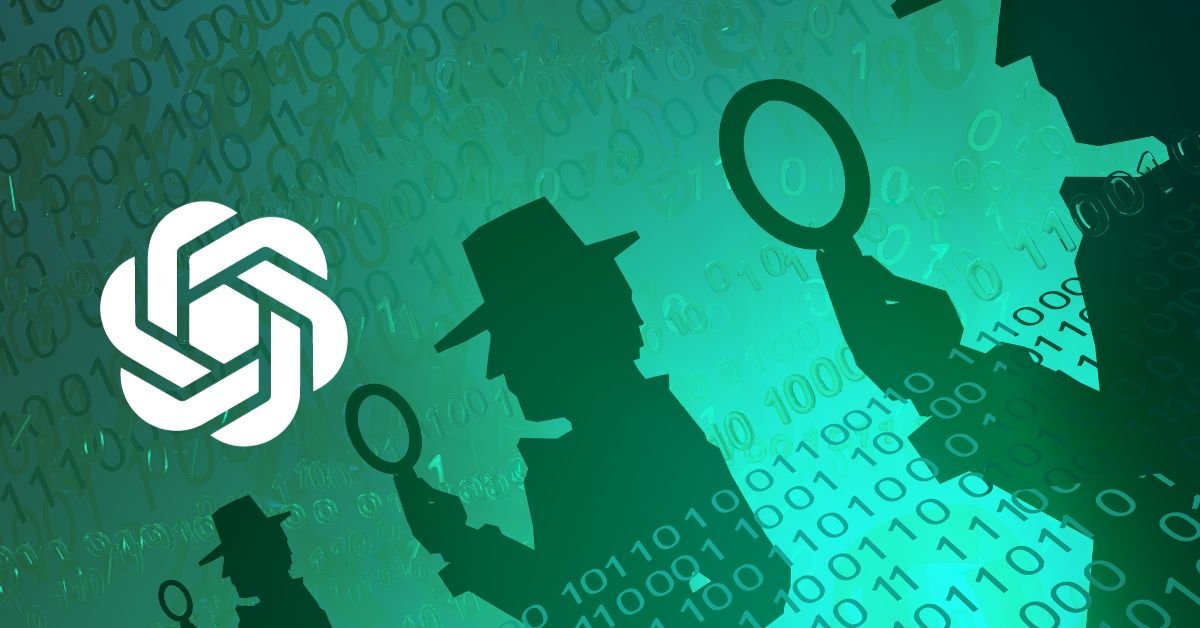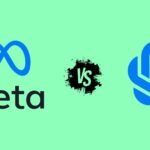Can Universities Detect ChatGPT: ChatGPT has rapidly become one of the most discussed AI innovations in recent times. This advanced chatbot can create remarkably human-like content on demand.
However, as the technology evolves, what are the implications when it comes to originality and plagiarism? This article examines what ChatGPT is, its content generation capabilities, and the emerging plagiarism challenges it poses.
As ChatGPT gains popularity in assisting students with assignments, universities are increasingly concerned about artificial intelligence generated content being passed off as original work. This had led to advanced detection mechanisms being set up to identify ChatGPT usage in submissions. But can institutes really catch all instances of ChatGPT created essays and projects? Let’s find out.
Introduction to ChatGPT: AI Writing Tool
As ChatGPT gains popularity in assisting students with assignments, universities are increasingly concerned about AI generated content being passed off as original work.
This had led to advanced detection mechanisms being set up to identify ChatGPT usage in submissions. But can institutes really catch all instances of ChatGPT created essays and projects? Let’s find out.
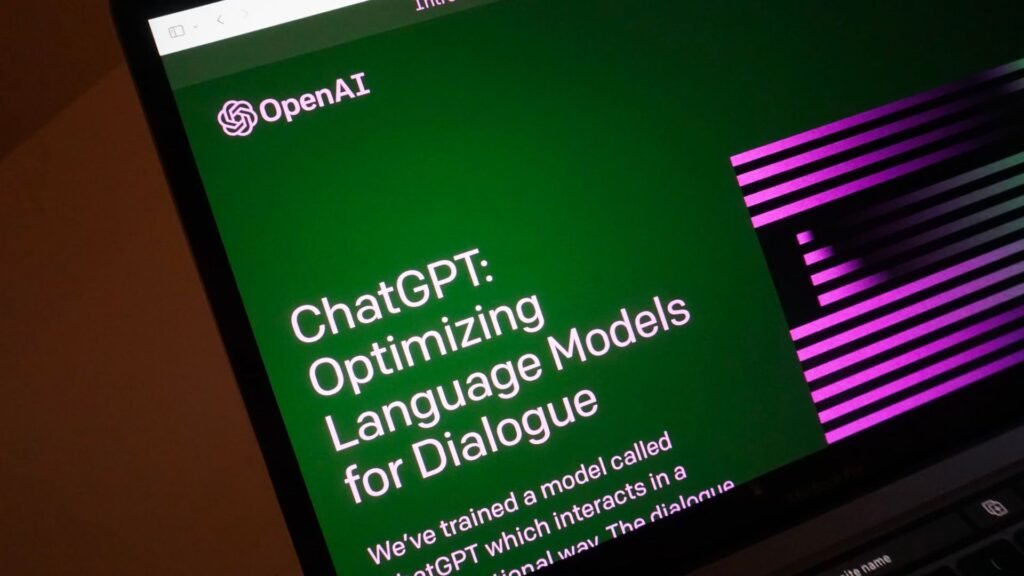
In just the first few weeks post-launch, over 1 million users have engaged with ChatGPT to generate essays, articles, stories, poems, tweets, computer code and more. It represents a breakthrough in AI’s ability to synthesize concepts and language.
How ChatGPT Produces AI-Generated Content
So what’s behind ChatGPT’s exceptional writing capabilities? The model builds on OpenAI’s GPT-3.5 architecture to specifically enable contextual chatbot conversations.
- The base GPT-3.5 model comprehends language by processing words into numeric representations.
- Building on this, ChatGPT is fine-tuned with reinforcement learning for back-and-forth chats.
- Via supervision techniques and feedback data, it sharpens response relevance without losing conversational flow.
This well-rounded optimization empowers ChatGPT to digest prompts and create sensible content around specified topics and styles.
Specialized software like Turnitin, GPTZero and AI Classifier analyze submissions for signs of AI authorship based on pattern recognition and content analysis. However, these tools aren’t very accurate, have significant shortcomings and students are finding ways to bypass detection.
Can Universities Detect ChatGPT?
Universities employ AI detection tools like Turnitin, GPTZero, and AI Classifier to identify the use of AI-generated text such as ChatGPT in student submissions.
These tools, while not infallible, offer substantial accuracy in detecting AI involvement. Professors may also use visual cues or expert analysis to further scrutinize the work.
The effectiveness of these detection methods varies, often depending on a range of factors. As ChatGPT has evolved, its sophistication makes absolute detection challenging, with results typically indicating a probability rather than a certainty. This nuanced approach reflects the complex nature of identifying AI-generated content.
In addition to these tools, universities conduct plagiarism checks against OpenAI’s database and other submissions to spot similarities. Advanced software like Turnitin can now identify AI-written content with up to 98% accuracy, underscoring a commitment to academic integrity and the responsible use of AI in education.
How Students Can Find Ways to Bypass Detection
There are many ways to find and bypass ChatGPT AI detection, below are some of them.
1. Plagiarism Checks
Standard plagiarism checks compare student essays across databases to highlight unoriginal work. By covering OpenAI training data, it can catch some examples of AI created submissions. But checks are not robust enough for advanced AI like ChatGPT.
2. Advanced Detection Software
Vendors like Turnitin are upgrading capabilities by establishing dedicated labs to continually improve ChatGPT detections using the latest techniques. Despite upgrades, students are using tactics like paraphrasing, errors and biased prompts to evade flags.
3. Human Expert Analysis
Beyond tools, university staff leverage their teaching experience to identify sudden changes in writing style or pieces with disconnected facts that indicate AI content generation not aligned to a student’s competence levels. But this is time-consuming and not fully reliable.
4. Obfuscation Detection Research
Experts are studying the common obfuscation strategies students use to hide ChatGPT’s involvement, including adding intentional errors or formatting changes to bypass software checks. Developing algorithms to counter these tactics is vital for universities.
The Double-Edged Sword of AI Writing
However, while ChatGPT heralds a new era of AI usefulness, it also poses disconcerting questions around originality and ethics.
With its ability to rapidly generate pages of human-like content, ChatGPT threatens to undermine genuine authorship while enabling misuse for deception. Dangers such as AI-generated disinformation and new “deepfake” text forms now loom large.
Most immediately, ChatGPT raises the spectre of supercharged plagiarism, especially among students seeking to exploit the tool for completing assignments and essays. Since ChatGPT technically produces new prose, it bypasses plagiarism checks comparing texts to existing sources.
Overcoming such ethical challenges requires dialogue on policies and standards coupled with advances in AI plagiarism detection methods. Website Copysmith is one solution using stylometry to identify AI-written text, but improving detection rates remains an urgent priority.
Moving Forward Responsibly with AI Generation
As AI writing evolves to offer unparalleled efficiency and personalization, realizing its potential requires proactive mitigation of risks alongside benefits.
Students and institutions must promote academic integrity standards dispelling notions that AI-aided work is permissible. Developing robust plagiarism detection capabilities also remains vital.
Responsible advancement of AI is a shared endeavor – technologists must champion algorithmic transparency, decision-makers must formulate equitable policies, while citizens should thoughtfully assess content provenance.
With ethical foundations guiding the progress of tools like ChatGPT, their societal contribution could be momentous.
FAQs: ChatGPT Detection
-
How do universities detect the use of ChatGPT in student submissions?
Universities use AI detection tools like Turnitin, GPTZero, and AI Classifier, along with expert analysis, to identify AI-generated content. These methods, while not foolproof, offer substantial accuracy but depend on various factors for effectiveness.
-
Can these detection methods catch all instances of ChatGPT-created content?
Although advanced, these detection methods cannot guarantee catching all instances of ChatGPT-created content. Students often find ways to bypass detection, making it challenging to identify every AI-generated submission.
-
What are some common tactics students use to bypass AI detection in academic submissions?
Students bypass AI detection by paraphrasing AI-generated content, adding intentional errors, and using biased prompts. They also employ obfuscation strategies like formatting changes to evade software checks.
-
What measures can universities take to maintain academic integrity amidst the rise of AI writing tools like ChatGPT?
Universities should develop robust plagiarism detection capabilities, promote academic integrity standards, and engage in ongoing dialogue about ethical AI use. They also need to adapt their methods continually to match the evolving capabilities of AI writing tools.
Conclusion
ChatGPT detections in academia are still a work in progress. Both tooling and human expertise have gaps that allow savvy students to slip AI-generated content past the protections universities have set up.
While systems and research efforts are evolving rapidly, currently institutes cannot catch all ChatGPT created submissions if intentional obfuscation is used. Maintaining integrity as AI capabilities advance will need an adaptable and multi-pronged approach.
The key is also to sensitize students on ethical issues so they understand implications of training advanced systems like ChatGPT using questionable means. With technology progressing rapidly, the onus lies on both universities and students to ensure education retains its high standards of quality and honesty.



